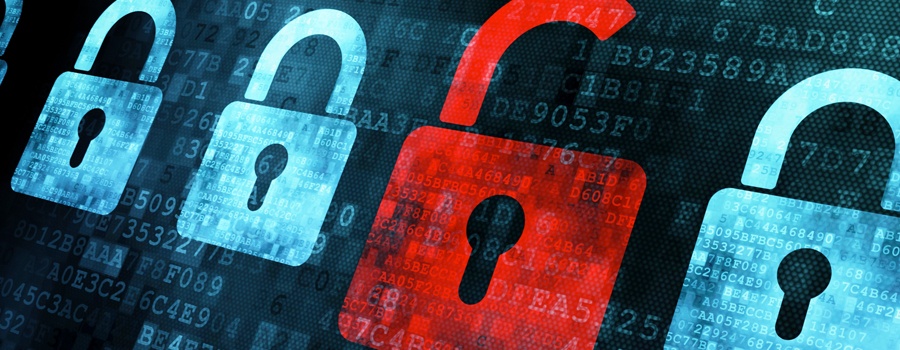Tag: phish
-

Phishing Emails: One Click and That’s It!
Many health care entities recognize that cybersecurity threats present a substantial risk to their organization. Moreover, the HIPAA Security Rule requires health care providers to develop and implement policies and procedures to ensure the confidentiality, integrity and availability of protected health information. However, while entities aim to secure health data, a recent study of health…
-

Phishing Schemes Can Paralyze Your Medical Practice
“Phishing” occurs when emails are sent to individuals or entities in an attempt to fraudulently gain access to personal information or introduce malware into the computer system. These emails are often disguised to look familiar to the recipient. The perpetrator may disguise their communication to appear to be from a colleague, family member or friend.…
-

Cyber Security: Five Common Phish Attack Schemes
Hackers only need you, that’s right just you. They are sneaky and know the general population is busy and doesn’t pay close attention to the emails they receive. Hackers know people are comfortable in their daily habits. They exploit this behavior by creating email scenarios designed to encourage a click. They need just one person…
-

Four Types of Identity Fraud on the Upswing
If you thought that the promising (albeit modest) drop in the total dollars stolen by identity thieves in 2015 was a harbinger of things to come, think again. According to the just released 2017 Identity Fraud Study from Javelin Research, the number of victims of this crime—in all its permutations—climbed to a record high of…